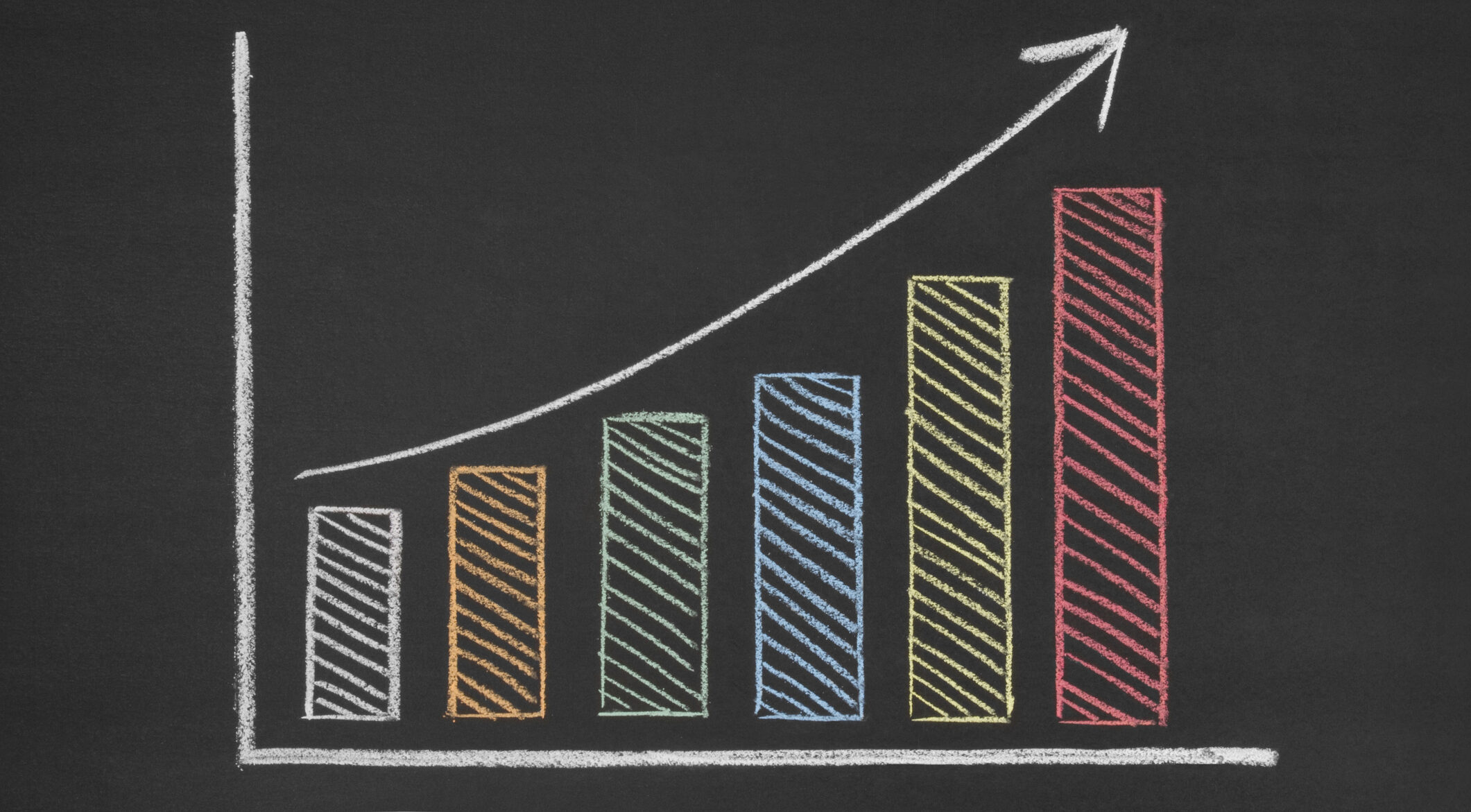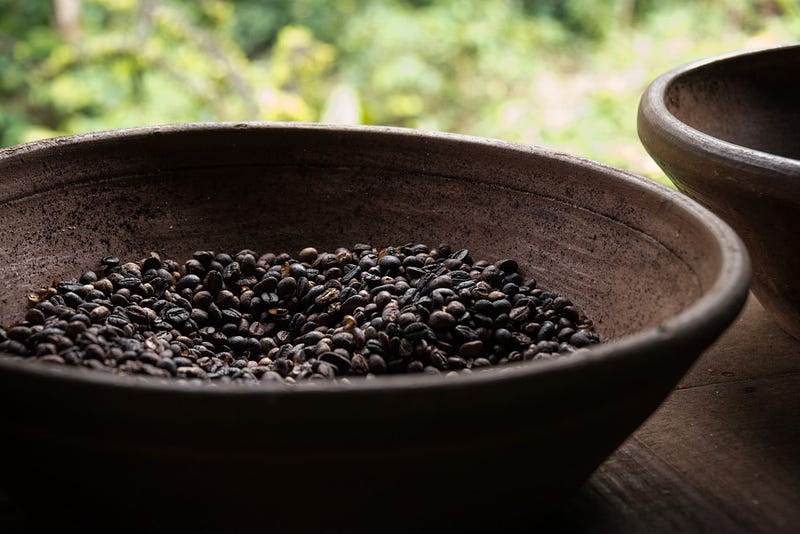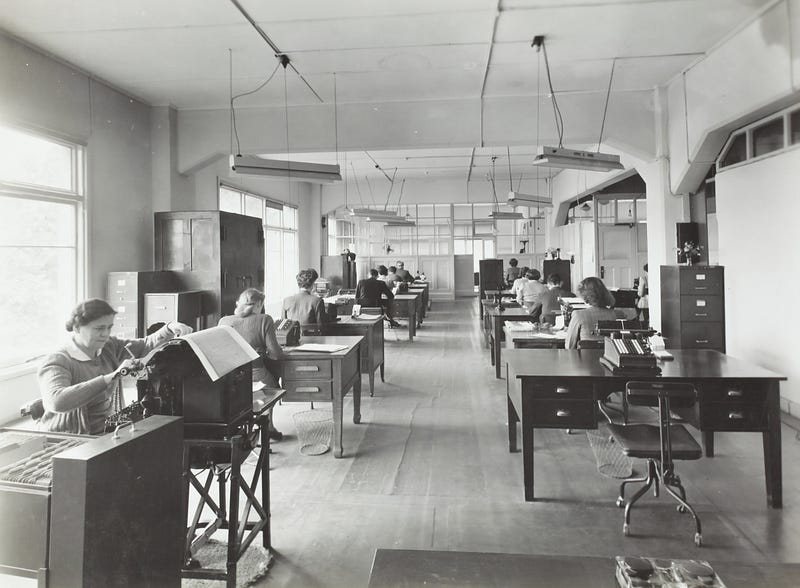A Discussion of “The Economics of Fair Trade”
Fair Trade is a movement to ensure producers receive higher prices for their goods, not only for coffee, but that may be the best-known example.
Dragusanu, Giovannucci, and Nunn (2014) explore the Fair Trade coffee market to see if it achieves its goals: (p. 218)
- the aforementioned higher prices to producers that provide them income more in line with a living wage;
- setting up a longer-term buyer-seller relationship so the producer has better access to finance future production;
- improved working conditions; and
- encouraging the use of more environmentally friendly production methods.
Lofty goals for sure! Essentially, the idea behind Fair Trade products is to have a certification process for producers to follow to earn the Fair Trade stamp. With the goals listed above, you can see why they would want to be part of a program that could raise their income and make their work environment better.
Why would consumers pay more?
The result of much of these efforts is to produce a product that has a higher price to the consumer (not always, but usually). You are essentially asking the consumer to pay more than they have to if they bought products that are not Fair Trade.
That goes against economic theory — consumers should be expected to seek out lower prices. So are people who pay extra for Fair Trade products irrational, to use a favorite economics word?
No, because the customers are essentially paying for two products — the coffee and the satisfaction of paying for better production methods.
That is where this program steps in. Members are inspected by a 3rd-party organization that is assuring customers the rules have been followed. As long as the certification is credible, there will be consumers who are willing to pay more.
The authors cite a 2009 survey that found (p. 222)
- 75% of coffee buyers report they would be willing to pay $0.50 more per pound (approximately a 15% increase to the total paid) if it was Fair Trade certified
- 50% would be willing to pay $1 more per pound
Another study they cite collected data on buying behaviors when Fair Trade labels were randomly placed on bulk bins. All the coffee included was in fact Fair Trade, but the application of the labels was random. That study found sales increased by 10% when the labels were present.
Finally, they cite an earlier finding that a 23% premium on Fair Trade coffee is what customers are willing to pay on average. (p. 222)
Interest from at least some buyers does exist; however the authors note the Fair Trade products are still a small part of the market.
For coffee, only 1.8% of global coffee exports in 2009 were designated Fair Trade. However, they do note it has grown a lot over the years, rising from 12,000 tonnes in 2000 to 123,000 tonnes in 2011.
They cited Fair Trade International for those numbers so I looked up more recent data from the same organization. For 2017, they report 214,000 tonnes showing that while it may be a small part of the overall market, it is a growing phenomenon.
That report also says half of all Fair Trade farmers produce coffee, which explains why much of the authors’ paper focuses on coffee.

Controversy
While these goals sound good to many, the program has detractors. The authors cite Paul Collier, an economist who studies developing economies, as writing,
They [Fair Trade-certified farmers] get charity as long as they stay producing the crops that have locked them into poverty. (p. 217)
Ouch.
And they quote The Economist as writing,
…perhaps the most cogent objection to Fair Trade is that it is an inefficient way to get money to poor producers. (p. 217)
Still, the supporters of the initiative see Fair Trade as a way to increase income and stability for farmers in developing economies as well as encourage higher social and environmental standards. (p. 218)
How does Fair Trade Coffee work?
The authors say there are 6 mechanisms. (p. 220)
- A minimum price is set to cover the average costs of sustainable production and “meet a broadly determined living wage.” Agriculture prices can be volatile and there were periods where the world price fell below the Fair Trade price, 1989–1992, 1996, 1998–2003, and several short periods after 2006.
- Institutional structures such as associations or cooperatives should be set up by farmers to facilitate sales and should be governed democratically by the members.
- A Fair Trade premium is paid to the cooperative in addition to the sales price to create funds for the members to democratically decide how to use. These funds are intended for investments that increase productivity, including infrastructure, schools, and health clinics.
- Stability and access to credit is achieved through the long-term contracts with buyers of a year or more mentioned above.
- Working conditions should be safe and limit some forms of child labor.
- Sustainable environmental practices should be followed which includes limiting certain harmful chemicals among other good environmental practices. Reports summarizing the impact on the environment are required.
So that is how the program is designed.
Does it work?
Keeping in mind it is a small program relative to the size of the national economies involved…yes. The authors find
…the existing empirical evidence, based primarily on conditional correlations, suggests that Fair Trade does achieve many of its intended goals… (p. 234)
Specifically, their data shows farmers
- do receive higher prices on average,
- do have greater access to credit,
- do perceive their economic situation as more stable, and
- do use more environmentally favorable practices
They report a problem area though with the cooperatives. Although the formation of cooperatives is one of the goals of the program, some farmers do not seem to fully understand the Fair Trade program and report distrusting the cooperative. The cooperatives perhaps need to use some of their budget for better member outreach and increased transparency.
The authors conclude with a discussion on an alternative proposal — some sort of direct transfer payment to the farmers instead of the Fair Trade market-based mechanism.
They say such direct payments would encourage rent-seeking, which economists define as using resources to gain a benefit like a transfer payment instead of using those resources to be productive. They liken such a payment program to foreign aid. Both provide a pool of money that increases conflict, not productive activity. (p. 234)
Consider Supporting Fair Trade Products if you can
I do buy Fair Trade coffee because what I had read about the program prior to this paper did make it sound like it could be worth supporting. I am glad to see this empirical analysis agrees.
Does economic theory agree we need such a program?
I would say yes. Even though our simple model shows leaving the market to set prices and drive allocation decisions is optimal, that is only true when no one has market power and all have complete information. Those are necessary assumptions.
In reality, a small farmer in a developing country does not have the information or the market power to strike a good deal. A large coffee buyer or corrupt cooperative would have the ability to force the farmer to sell at a below market price and then pocket the profits when they sell it on to the next buyer.
Fair Trade programs are one way to try to correct this imbalance. While these programs are still a small part of the market, this apparent success shows that perhaps they should be expanded.
When people feel the system they are in is unfair, it can provide a basis for a populist movement. Another article I have discussed by economist Dani Rodrik addressed two different kinds of populism.
Economic populism is the potentially good kind because it seeks to overthrow existing external constraints on policies harming the people. It can lead to the more dangerous political populism if issues are not addressed, which is when a politician seeks to overthrow the political constraints on the leaders, opening the door to tyranny.
A Spoonful of Populism is the Medicine We Need
Fair Trade programs protect the small producers from exploitation by stronger economic interests, lowering the chances of political populism.
For all of these reasons, economic solutions like Fair Trade can be good for developing economies and the people who live in them.
References:
Dragusanu, Raluca, Daniele Giovannucci, and Nathan Nunn (Summer 2014). “The Economics of Fair Trade.” Journal of Economic Perspectives, 28: 217–236
By Ellen Clardy, PhD on .
Exported from Medium on December 15, 2022.




